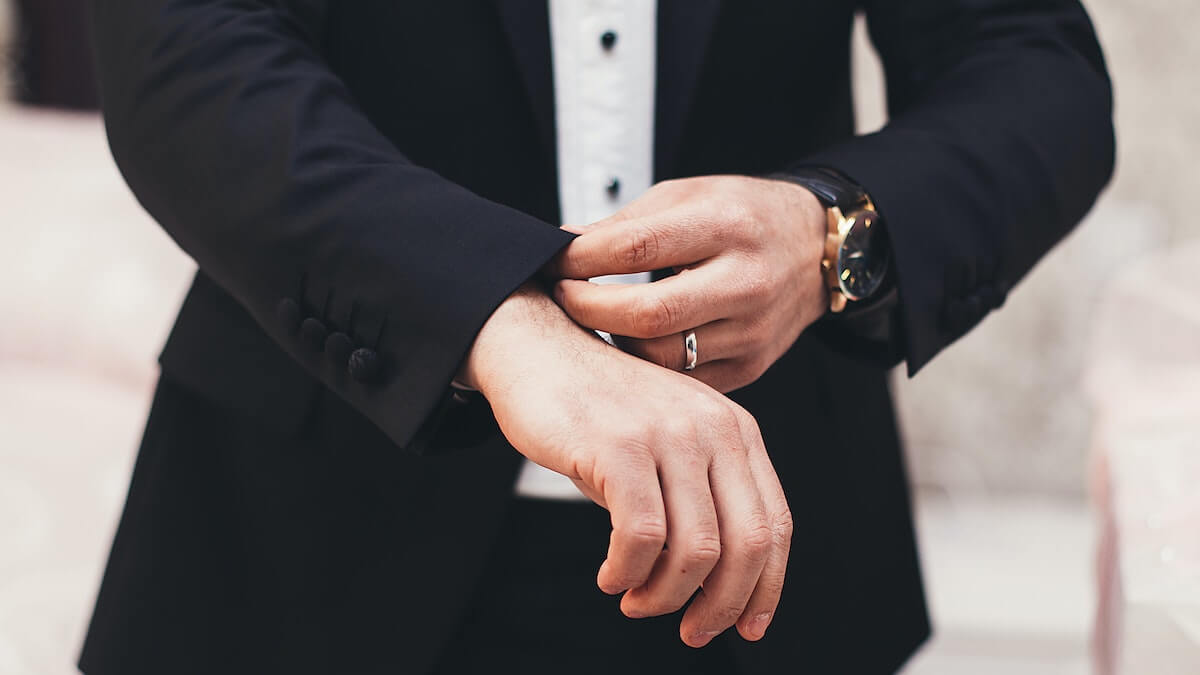Business Casual Attire vs Business Professional Attire
Last Updated: August 08, 2022 • 7 min read
Disclosure: This page may contain affiliate links and we may receive a commission through them, but this is at no additional cost to you. For more information, please read our privacy policy.

There’s a lot of confusion about what it means to be dressed professionally and what it means to dress appropriately for the workplace. Dressing professionally and dressing appropriately are two different things.
It’s possible to dress professionally yet inappropriately. It means that professional dressing isn’t always the appropriate option.
In this article, we’ll clear up any confusion you have about the difference between business casual attire and professional attire. We’ll also cover how to properly prepare yourself for work by choosing your best form of clothing, as well as some tips on maintaining that image while at work.
Business Casual Attire vs Business Professional Attire
Business casual attire is usually more relaxed than professional business attire. It’s traditionally worn to work, but not necessarily by your boss. If you’re going to wear this type of clothing outside of the office, consider how it will look when paired with dress shoes and a jacket or blazer (if you want to cover up).
Business formal attire is intended for those who work in offices where they need to project an image that they are serious about their jobs and the importance of their positions within the organization. The most common example would be wearing slacks with a button-down shirt during meetings with clients or other members of management.
Business Casual vs Business Formal
Business casual is a relaxed office dress code. It’s not as strict as the formal attire that you have to wear in the workplace, but it still has some rules and guidelines to follow.
On the other hand, business professional is more formal than business casual. Business professionals should always wear their best suits or slacks with shirts and ties with them during work hours.

How to Dress For Work in a Casual Workplace
If you want to dress for your job but don’t know what that is yet, it’s time to start paying attention.
Dress for the job as you want. If two things are true about working in a casual workplace, they are:
- Most jobs aren’t as structured or formal as they used to be
- People who work there will likely be wearing less formal attire than those who work in traditional office settings like banks and law firms
This means it’s up to you as employees of these employers—which could be any number of different industries—to create your own style statement. You should find clothing items that reflect your personality while being professional. These could be bright colors that lighten up the professional clothing you are still wearing or casual pants that reflect the comfy yet casual look you are going for.
This practice can be followed not only when interacting with clients/customers but also within the company itself (i.e., not showing up wearing flip-flops). Dress appropriately based on where you’ll work each day. This is very important when it comes to working from home. I've worn the occasional polo shirt with gym shirts, and no one was the wiser.

What to Wear for a Job Interview
When going in for job interviews it is vital that you wear the appropriate attire and make a good first impression. A safe bet is to research what employees of each company wear on a daily basis and dress to that level or one step above. This could be a dress shirt and dress pants, a women's business suit or it could be a polo shirt. The main importance is to show that you are interested in the job, and have done your research. I've had interviews where I've worn a polo and interviews where I have worn a suit coat, white shirt, and tie with a tie clip. This is why research is important.
Is A Belt Necessary With Your Suit?
It’s commonly known that you should only wear a black belt with your suit. This is not true, as there are many types of belts you can choose from, and they all have their unique styles and purposes.
- The color of your shoes should match the belt you’re wearing, so make sure it matches! If they don’t match, people might see them as off-fashion.
- A thin leather belt is best because it doesn’t add bulk to your waistline or lower back area while still giving support where needed most—the hips and thighs!

What Are Black-Tie Events?
Black-tie events are formal occasions, and the dress code for these events is black tie. The attire for black-tie events can be pretty elaborate and expensive, but it’s not necessary to buy a $1,000 suit to attend an event where you might wear it once.
For example, if your company has a formal dinner or cocktail party every year at which everyone dresses up, then they will likely require that everyone dress formally—in other words: “black tie.” It is a good idea to look into clothing rental options since you will probably wear this outfit only once. This is usually a three-piece suit or expensive-looking dress, and not a casual outfit by any means.
Understanding Business Casual vs. Professional Attire
Understanding the different dress codes is essential. It helps you dress appropriately for work and maintain your professional reputation. For me, it has been really easy to determine the level of dress code by being observant during the interview process. Is the interviewer wearing a skirt suit, an optional tie, or do they have a t-shirt on? Using this I can determine the dress code level I should be wearing when working there.
Each workplace is going to have a different standard for business casual and professional attire. During the interview process, make sure to have a professional appearance. When you are at the end of the interview process and have received an offer an appropriate question to ask the recruiter is what do people wear to work? This has also saved me from showing up to my new job over or underdressed. I've had jobs where casual shoes every day is the norm, and other jobs where there were uniforms and everyone had a professional wardrobe.
It is typically fine to dress one level of professionalism higher than what everyone is wearing in a professional setting, but you shouldn't be wearing a full suit if there are no other business suits at work. Nowadays, dress codes are less strict and the norm for all the tech companies I've worked at has been extremely casual for everyone but the C-Suite. This means office wear ranges from nice pants with a professional look, to brighter colors without a side of caution. The great thing is both ends of the spectrum have a polished look, and the important thing is that work is getting done.
Final Thoughts
Now that you know the difference between business casual dress code and professional attire, it should be easy to choose your outfit daily and make a good impression. If you’re working in a professional space and work environment and want to look more professional, then find an appropriate pair of pants or a shirt with sleeves. But if you prefer to dress for the office and wear more comfortable attire, go ahead.
The employee handbook will be your best friend in making these decisions. You can also see if you are working in more casual environments and can use what everyone else is wearing as the main difference of what you should be wearing.
Remember, though, that when wearing formal attire at work, always ensure that it’s clean from head to toe because if not, this will reflect poorly on you and that isn't going to help you out in the workplace.